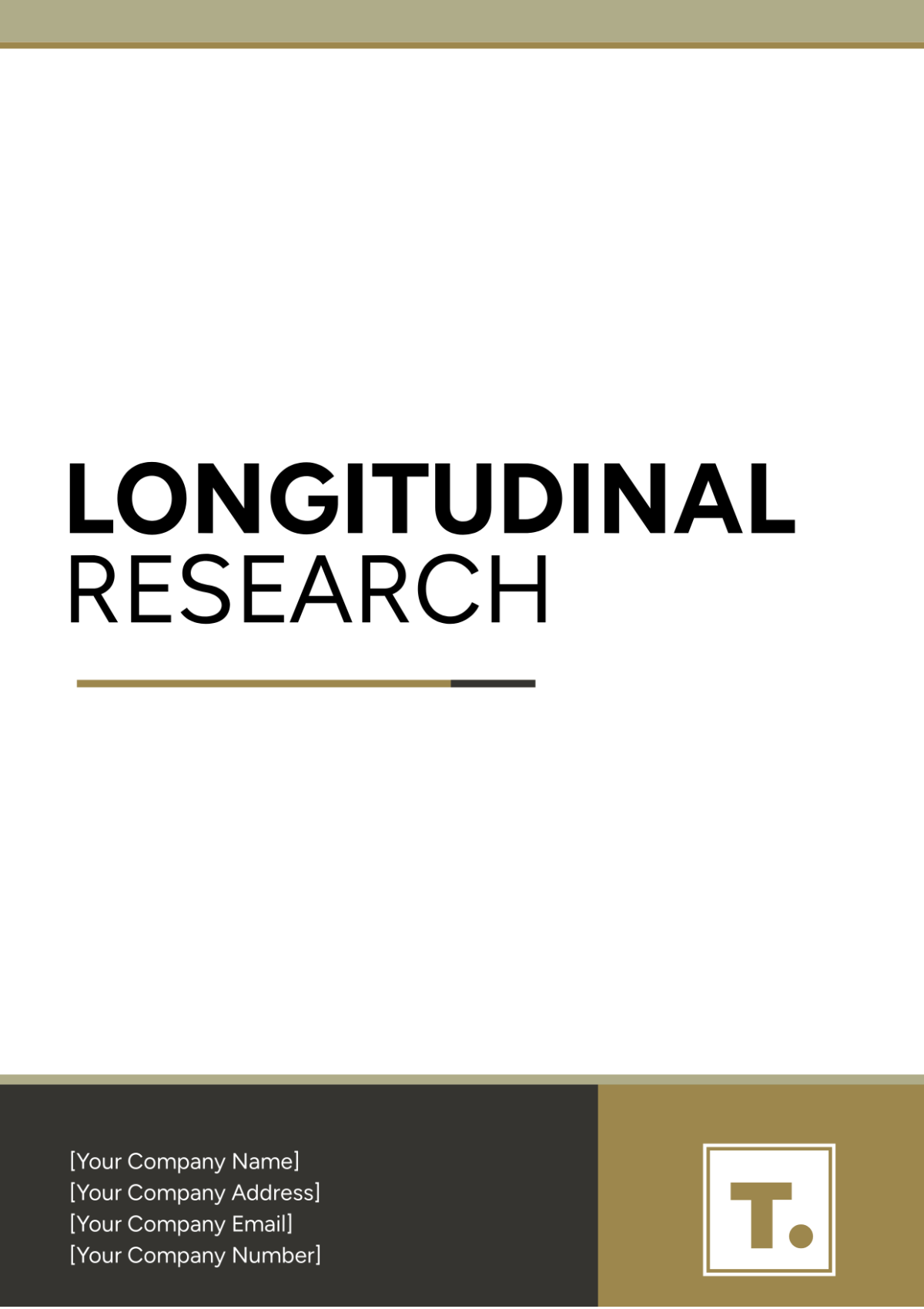Research and Annotated Bibliography
Research Topic:
The Impact of Technology on Student Learning Outcomes
Researcher:
[YOUR NAME]
Institution:
[YOUR COMPANY NAME]
I. Introduction
This annotated bibliography explores scholarly and primary sources that contribute to understanding the impact of technology on student learning outcomes. Each annotation summarizes, assesses, and reflects on the importance of the source in relation to the overall topic, identifying both advantages and potential drawbacks of technological integration in education.
II. Research Objectives
To analyze the key perspectives on the impact of technology in educational settings.
To evaluate how current research supports or challenges common beliefs regarding technology and learning outcomes.
To identify potential gaps in literature regarding the effective use of technology in classrooms.
III. Annotated Bibliography
Citation Format: APA
A. Scholarly Sources
Brown, T. J. (2061). The role of digital tools in enhancing student engagement. Journal of Educational Technology, 38(4), 315-329.
Summary
This article explores how digital tools, such as interactive software and learning management systems, contribute to increasing student engagement. Using data from a survey of 500 secondary students, Brown assesses the effectiveness of digital tools in fostering engagement and improving comprehension in core subjects.
Assessment
This source is credible, given its peer-reviewed status and the author's extensive background in educational technology research. It provides detailed statistical analysis that is relevant for understanding the specific impact of digital tools on engagement and learning outcomes.
Reflection
Brown’s study aligns with the research objectives by highlighting the positive correlation between digital tool usage and student engagement. This data will be essential in formulating strategies for effective digital integration within [YOUR COMPANY NAME]'s educational programs.
Chen, A. (2060). Educational Technology and the Future of Learning. Harvard University Press.
Summary
This book provides a comprehensive overview of educational technology and its transformative effects on teaching practices and student learning. Chapters 5 and 6, focusing on adaptive learning platforms, are particularly relevant, as they analyze the customizability of learning experiences based on student needs.
Assessment
The book is highly reputable, backed by extensive research citations and the author's position as a leading expert in the field. It offers valuable insights for understanding how technology can be personalized to address diverse learning needs.
Reflection
This resource supports the foundational aspects of [YOUR COMPANY NAME]’s research by offering frameworks for integrating adaptive technology in classrooms, which can aid in meeting varied student needs and improving learning outcomes.
B. Primary Sources
National Center for Education Statistics (NCES) (2059). The Condition of Education Report. U.S. Department of Education.
Summary
This government report provides statistical data on technology access and usage among U.S. K-12 schools. It highlights disparities in technology access across different demographics and regions, offering a comprehensive look at technology’s role in education nationwide.
Assessment
The source is highly valuable due to its first-hand government data and its contextual relevance to U.S. educational policies. It provides insights into the digital divide and its implications for equitable access to educational technology.
Reflection
This primary source adds depth to the research by offering concrete data on technology access, which will help [YOUR COMPANY NAME] address gaps in technology equity. Its findings support the need for initiatives focused on reducing the digital divide in education.
IV. Conclusion
The annotated bibliography compiles various sources that contribute to a multifaceted understanding of the impact of technology on student learning outcomes. Together, these works allow [YOUR NAME] and [YOUR COMPANY NAME] to evaluate the implications, findings, and perspectives within educational technology comprehensively, aiding in the development of strategies to enhance student engagement and reduce disparities in access.
V. References
Brown, T. J. (2061). The role of digital tools in enhancing student engagement. Journal of Educational Technology, 38(4), 315-329.
Chen, A. (2060). Educational Technology and the Future of Learning. Harvard University Press.
National Center for Education Statistics (NCES). (2059). The Condition of Education Report. U.S. Department of Education.

















































